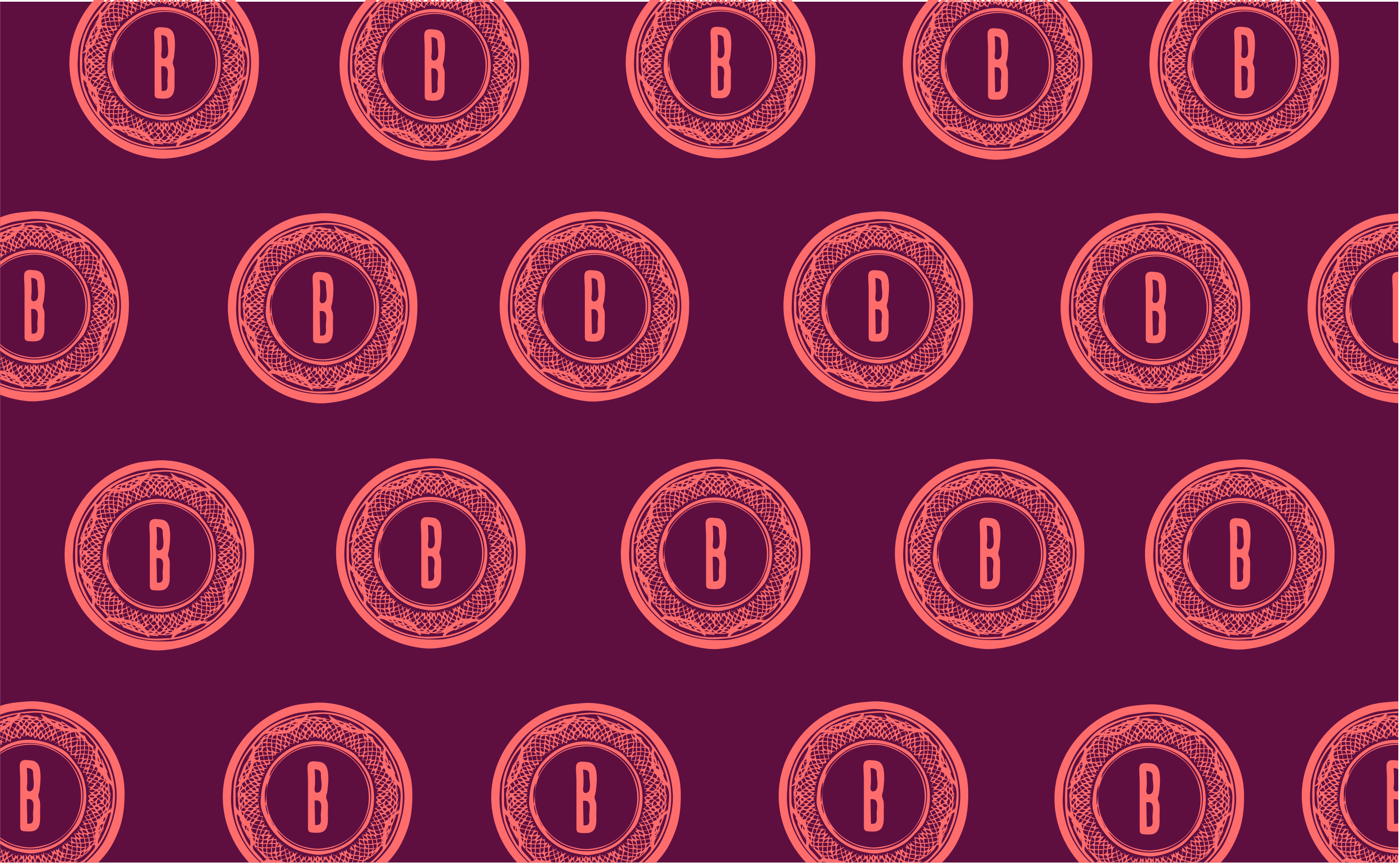

Sketch of Musuk Nolte.
Sketch of Musuk Nolte.
Did you know that Peru is considered one of the world’s water paradises?
However, according to water.org, 16 million people lack access to safe water in the country – Peru has a population of 34 million. Musuk’s work, The Geographies of Water, demonstrated how, in a country like Peru, which has “quite a particular, interesting and diverse geography… everything is connected,” exposes “how water connects us, even if we live so far away.”
Musuk is a Mexican-Peruvian photographer and editor, as well as a 2022 Bertha Challenge Alumni. His work combines documentary and artistic photography to explore social issues, including memory and environmental degradation. For his Bertha Challenge project, Musuk traveled to different territories in Peru – Belén, Cusco and Puno – to investigate access to drinking water and communities’ relationship to water. He photographed communities and their responses to water scarcity, water pollution and the deficient capacity of the Peruvian state to face environmental crises.
Musuk started his Bertha Challenge project in early January 2022. In an effort to improve the water they have during the dry seasons, communities high up in the Andean region, near Cusco, have been working on reforestation with a campaign to plant Queñua trees. Before the Challenge had even started, Musuk had already made his first trip to Cusco in December 2021. He met with ECOAN, an institution promoting water planting, which has relationships with the communities who are a part of the campaign. As water planting activities are seasonal, he returned in January and February to visit three communities that are a part of this process. There he took photographs, drone shots and video clips – and then once the documentation was finished, by March he was editing the material and preparing it for publication.
To Musuk, this was “one of the most important stories, because it was one that was positive somehow - because the communities were doing something to improve the water they have.” Here he found, the communities were “planting the seeds of water,” carrying out “work that unites the past and the future in the present.”
Musuk started his Bertha Challenge project in early January 2022. In an effort to improve the water they have during the dry seasons, communities high up in the Andean region, near Cusco, have been working on reforestation with a campaign to plant Queñua trees. Before the Challenge had even started, Musuk had already made his first trip to Cusco in December 2021. He met with ECOAN, an institution promoting water planting, which has relationships with the communities who are a part of the campaign. As water planting activities are seasonal, he returned in January and February to visit three communities that are a part of this process. There he took photographs, drone shots and video clips – and then once the documentation was finished, by March he was editing the material and preparing it for publication.
To Musuk, this was “one of the most important stories, because it was one that was positive somehow - because the communities were doing something to improve the water they have.” Here he found, the communities were “planting the seeds of water,” carrying out “work that unites the past and the future in the present.”
Originally, he had planned to focus on three territories and the communities within them – this is what he applied to the Bertha Challenge with, what he had proposed as his project and built his timeline around. However, on January 15th, 2022, just as the Challenge year started, more than 11,000 barrels of oil spilled into the sea off the central coast of Peru. Musuk hadn’t intended to include Lima in his project, but this event quickly changed that. This story was unpredictable, but it spoke to Musuk’s Bertha Challenge work – specifically the deficient capacity to respond to environmental crises – and so he captured the early days of what is now considered one of the worst ecological disasters in the history of Peru, documenting the severe initial impact and the unprepared clean-up operation that followed.
For his work around the oil spill, Musuk received recognition from World Press Photo and was a 2023 Contest Winner.
Towards the end of March, Musuk made his first trip to Belén – in the heart of the Peruvian Amazon – where communities live in raised buildings above the contaminated Itaya River water for eight months of the year, and when the water goes down, they live without water nearby. Musuk had investigated water pollution in the river before. He had in fact visited the area several times previously, but when he went back for his Bertha Challenge project, he did not find what he expected. “As a photographer, I was expecting to find situations that allowed me to present that dramatic situation, people were not okay, but didn’t care much about the situation” and in parallel to that, water quality was far from being on the political agenda. Musuk had to rethink his approach.
While visiting Belén, Musuk met with Gabriela Perez and Elio Alejo, two young people who lead the youth association JOABE, who for several years, together with other companions, made a call to create a space where young people between 13 and 28 years old can perform actions seeking to improve the living conditions and development of young people in Belén. This led to a collaboration between Musuk and JOABE, “we spoke about how they imagine water, what their fears of the situation with water are, and then we developed a small series of portraits - I took the pictures but they proposed to do it in the water somehow…we did a series of pictures to represent this tension regarding the pollution of water on the main source of water they have, the Itaya river.”
Towards the end of March, Musuk made his first trip to Belén – in the heart of the Peruvian Amazon – where communities live in raised buildings above the contaminated Itaya River water for eight months of the year, and when the water goes down, they live without water nearby. Musuk had investigated water pollution in the river before. He had in fact visited the area several times previously, but when he went back for his Bertha Challenge project, he did not find what he expected. “As a photographer, I was expecting to find situations that allowed me to present that dramatic situation, people were not okay, but didn’t care much about the situation” and in parallel to that, water quality was far from being on the political agenda. Musuk had to rethink his approach.
While visiting Belén, Musuk met with Gabriela Perez and Elio Alejo, two young people who lead the youth association JOABE, who for several years, together with other companions, made a call to create a space where young people between 13 and 28 years old can perform actions seeking to improve the living conditions and development of young people in Belén. This led to a collaboration between Musuk and JOABE, “we spoke about how they imagine water, what their fears of the situation with water are, and then we developed a small series of portraits - I took the pictures but they proposed to do it in the water somehow…we did a series of pictures to represent this tension regarding the pollution of water on the main source of water they have, the Itaya river.”
In August, Musuk carried out late-stage field work on the contamination of the Coata River, near the city of Puno, in the vicinity of Lake Titicaca. A report by the National Water Authority indicated that the waters contained arsenic, lead, manganese, sodium, bicarbonates, chlorides, oils, fats and other substances above permitted levels. Musuk worked with Feliz Suasaca, president of the United Front Against Pollution of the Coata River Basin and Lake Titicaca, who reported that getting the state to recognize their situation has taken a lot of work, with more than 10 years mobilizing, strikes and actions. Musuk documented the consequences of pollution on the surrounding population and the lake and the social impact the pollution was having. He wanted to understand how these communities were living, what they planned for their future and how they managed to find fresh water in order to be able to live there.
Musuk published his work with his host organization, VIST. Alongside this, he published the stories in Oja Publico, a national outlet, and collaborated with some regional, smaller outlets, specifically so the communities could get access to it. He then also published four photo essay booklets to draw the connections between the stories: “Each [community] had a different approach, a different territory, but also I was trying to connect these stories in the design and visually with the umbrella of the concept of the geographies of water.” Musuk shared.
Ultimately, through his work, Musuk wanted to illustrate “how the geography can show us different aspects of how to navigate a territory regarding water, every story has the context of climate change. So every story has different layers and for me it was interesting to develop all the stories in this one-year period and to start to know more about how waters move around, try to show that water is a metaphor somehow. How everything is connected. It’s a metaphor, but it’s also a fact, to expose how water connects us even if we live so far away.”
Where is Musuk now?
Since his Fellowship, Musuk has continued to work on stories related to water. After his Challenge year he obtained a grant from the National Geographic Society on a freshwater initiative. This grant allowed him to expand and continue his work on Lake Titicaca. More recently, he has published work around droughts in the Amazon - for this work he received recognition from World Press Photo and is a 2025 Contest Winner. This award allowed Musuk to publish and circulate the story more widely than ever before in his experience. As this is being written, Musuk is currently in Bogotá at the Gabo Award, one of the biggest journalism festivals and awards event in Latin America, where he is a finalist in the photography category.



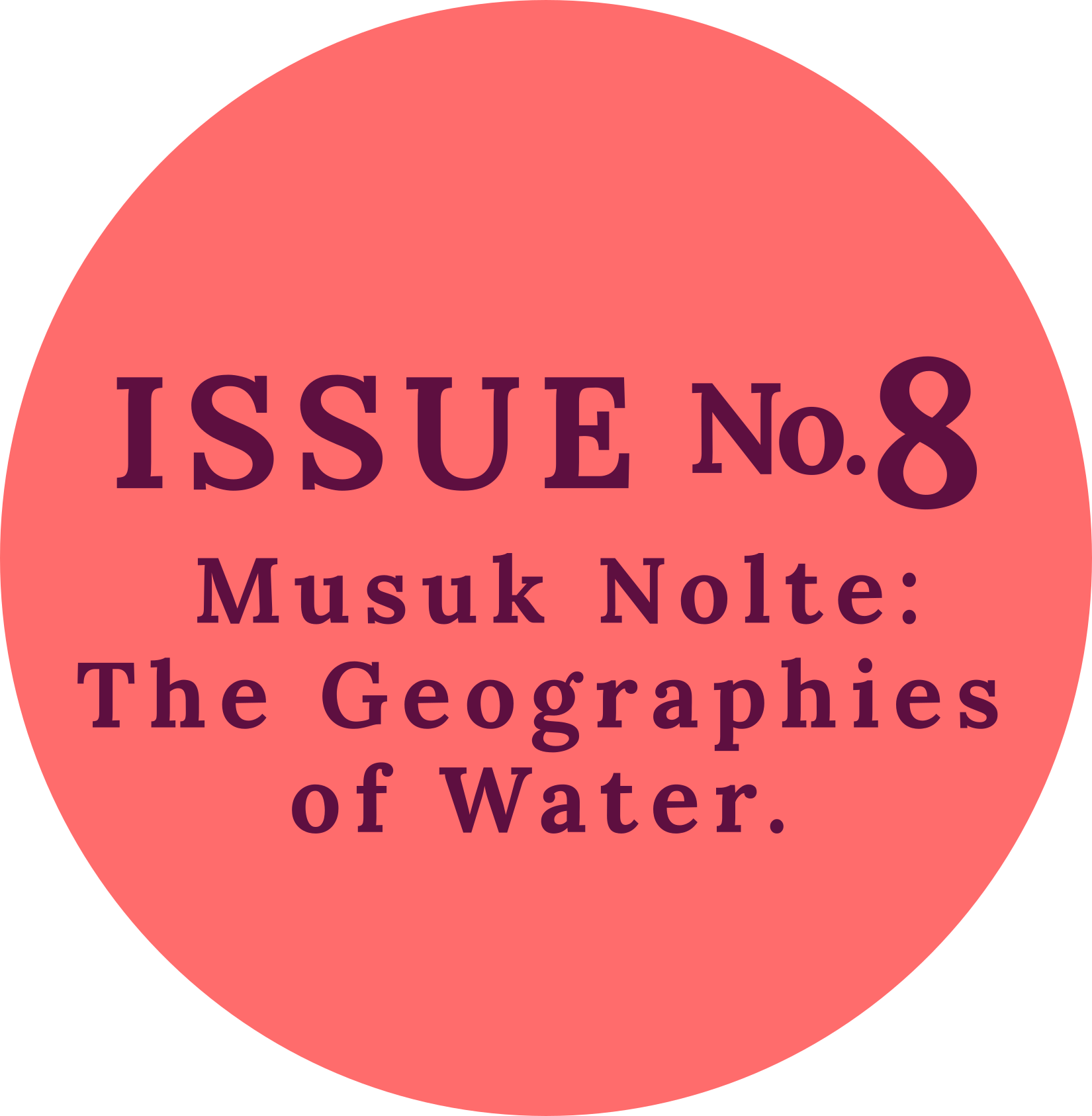



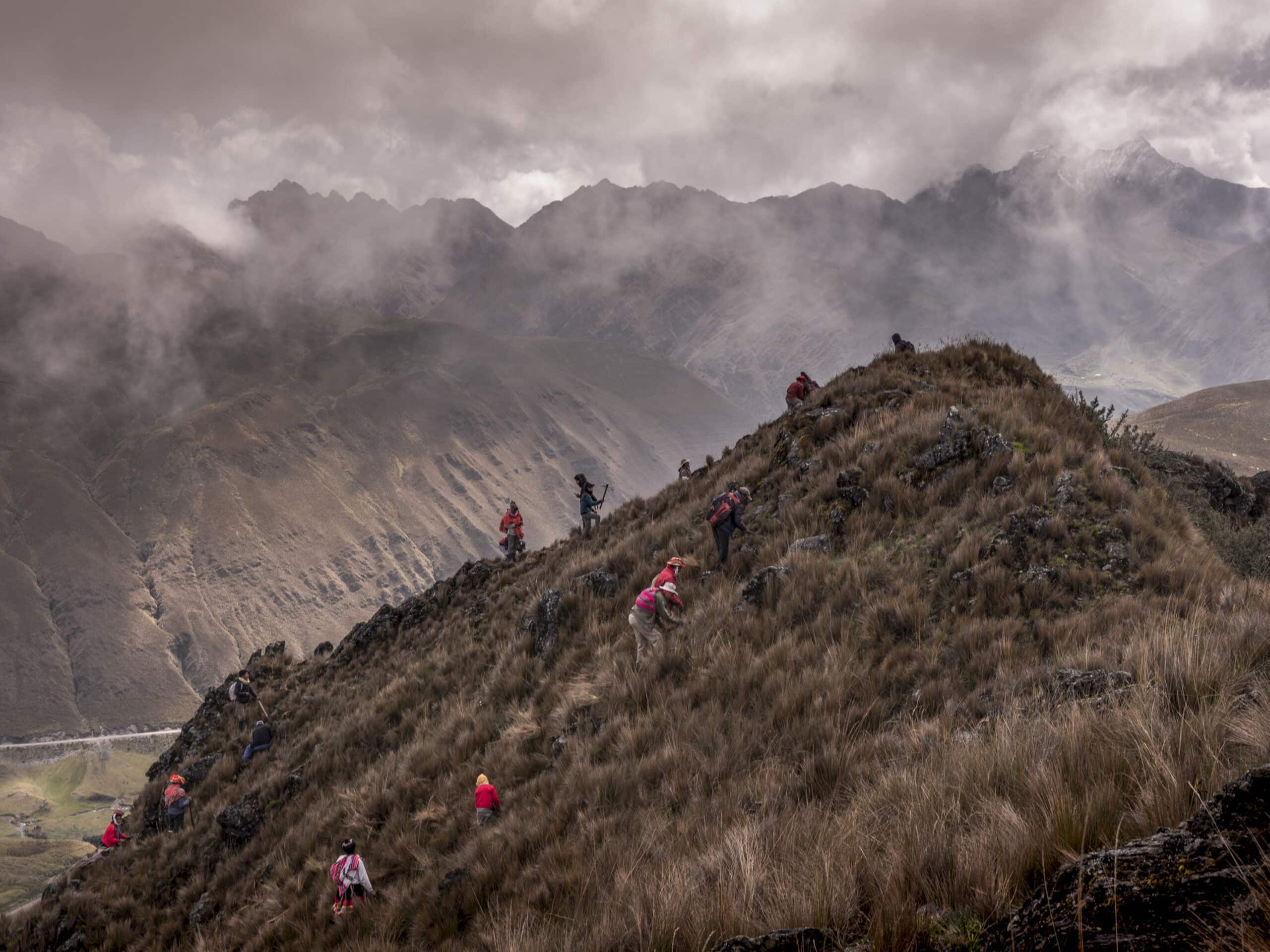
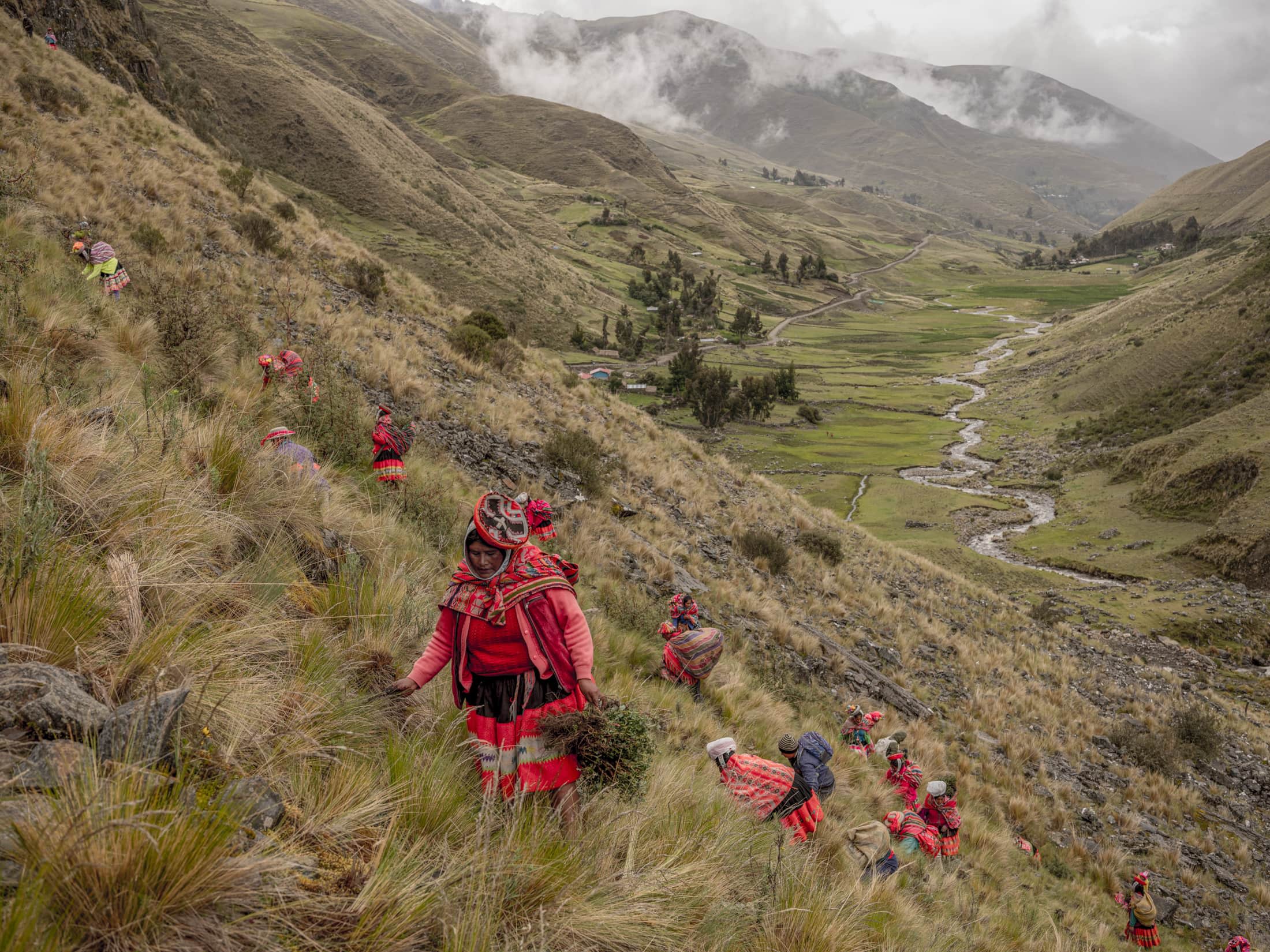

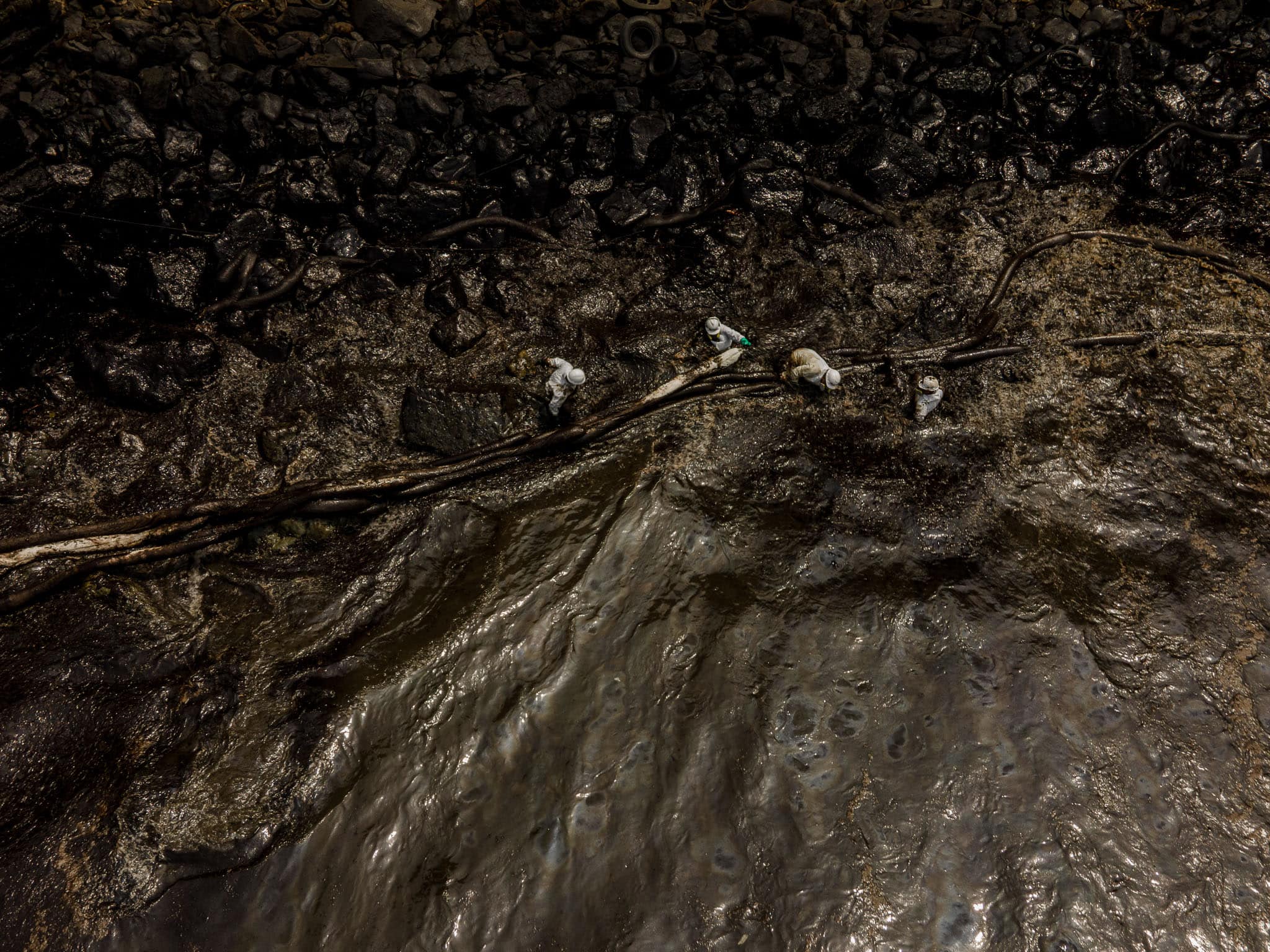
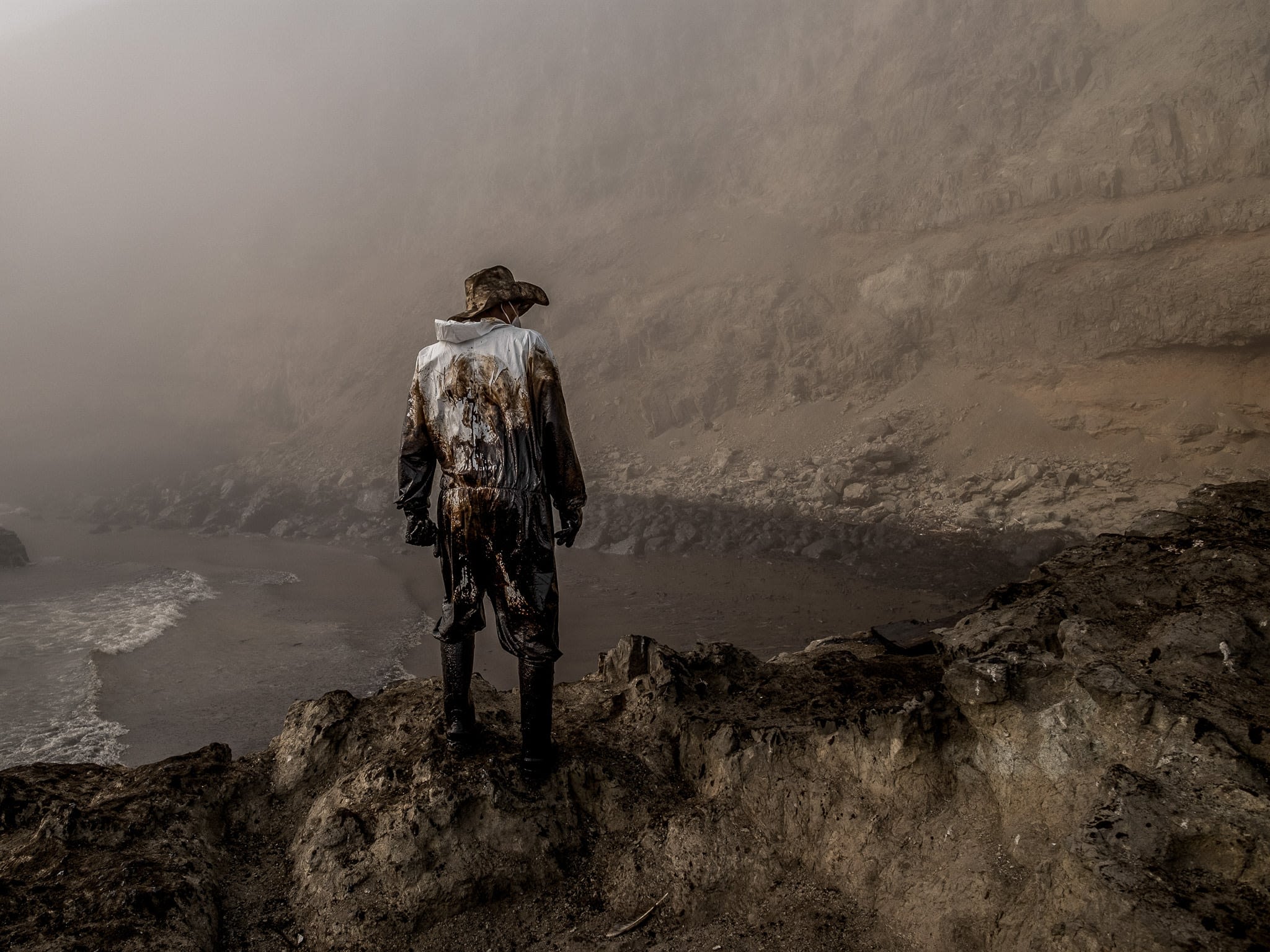
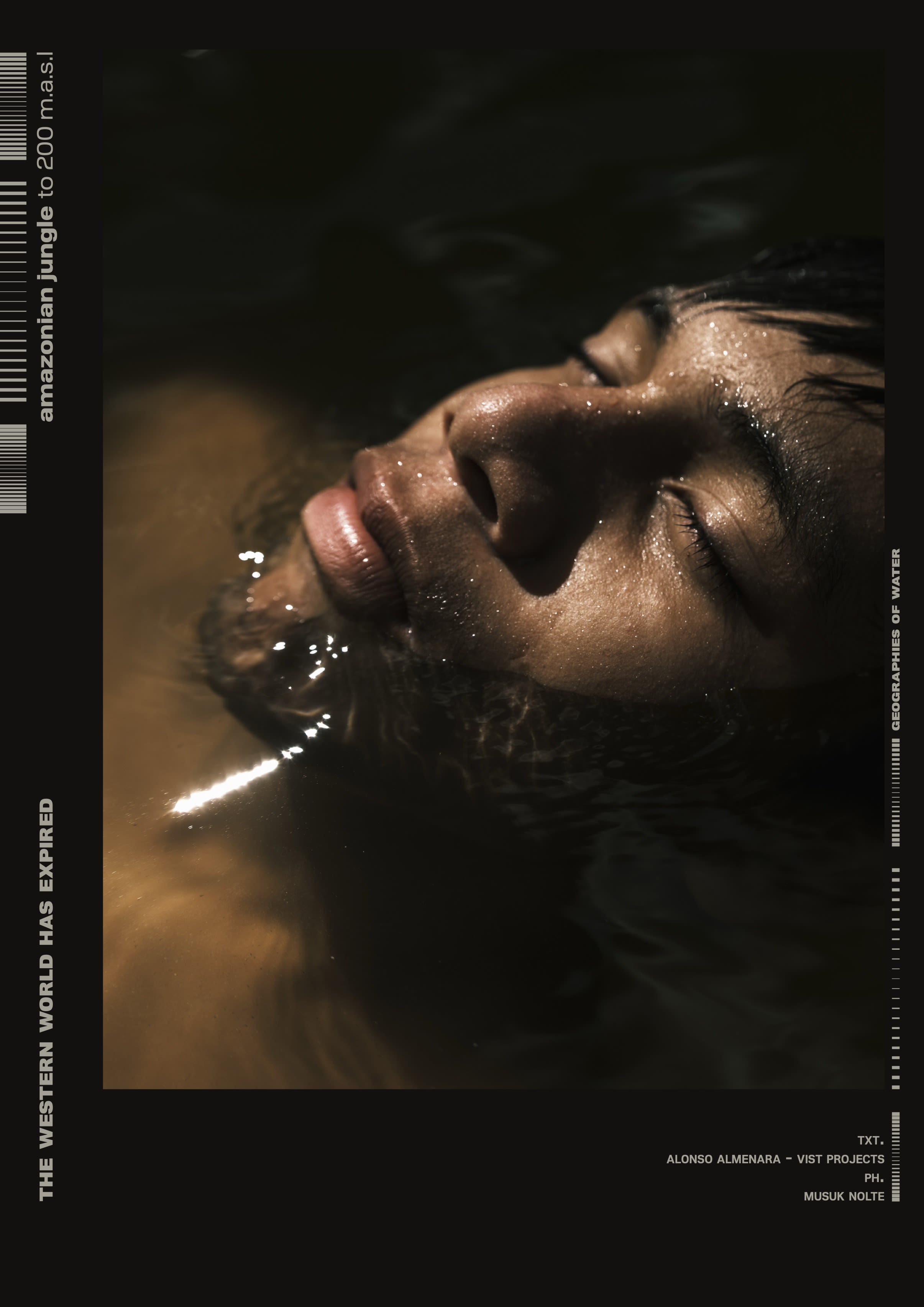

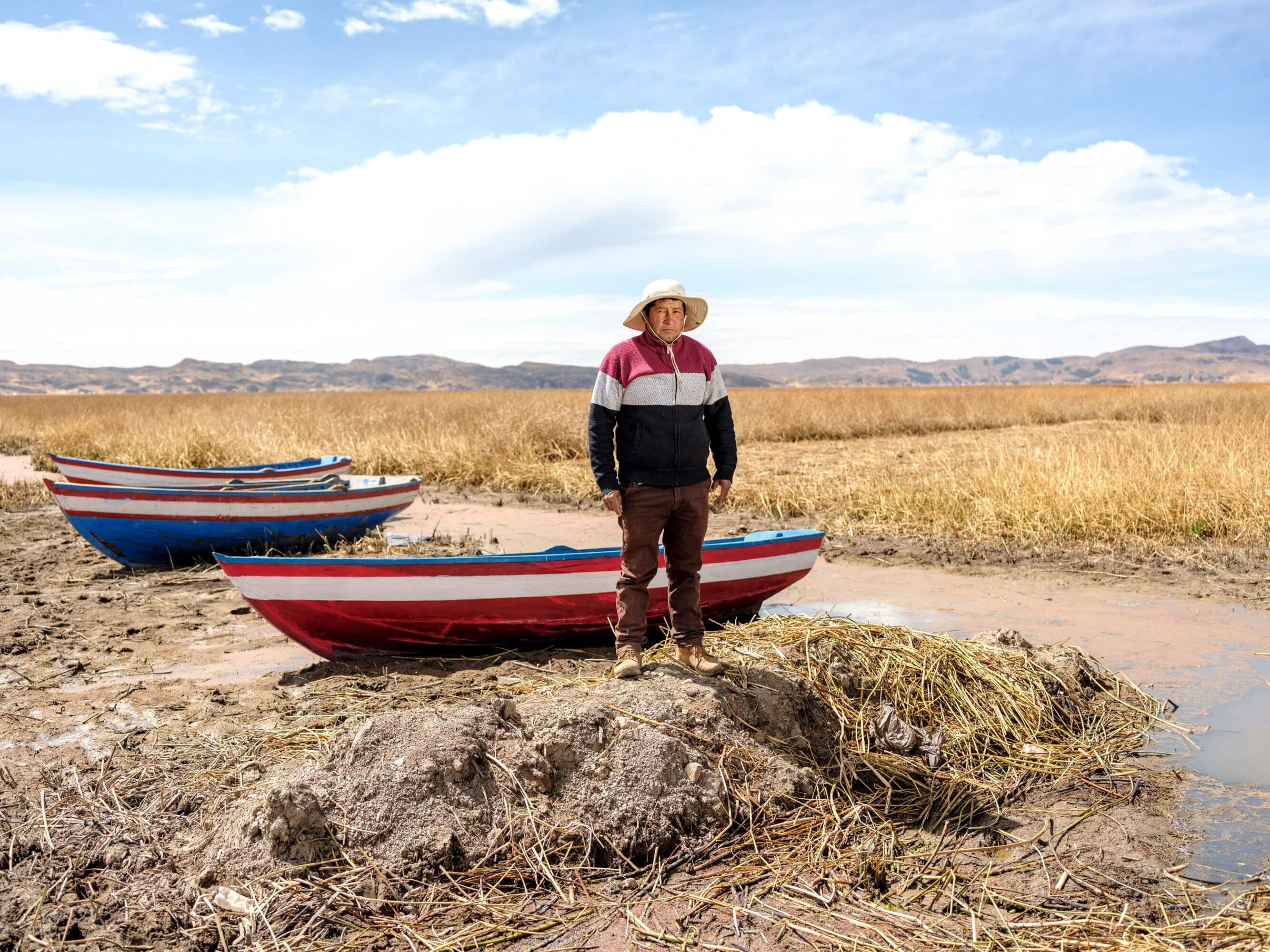
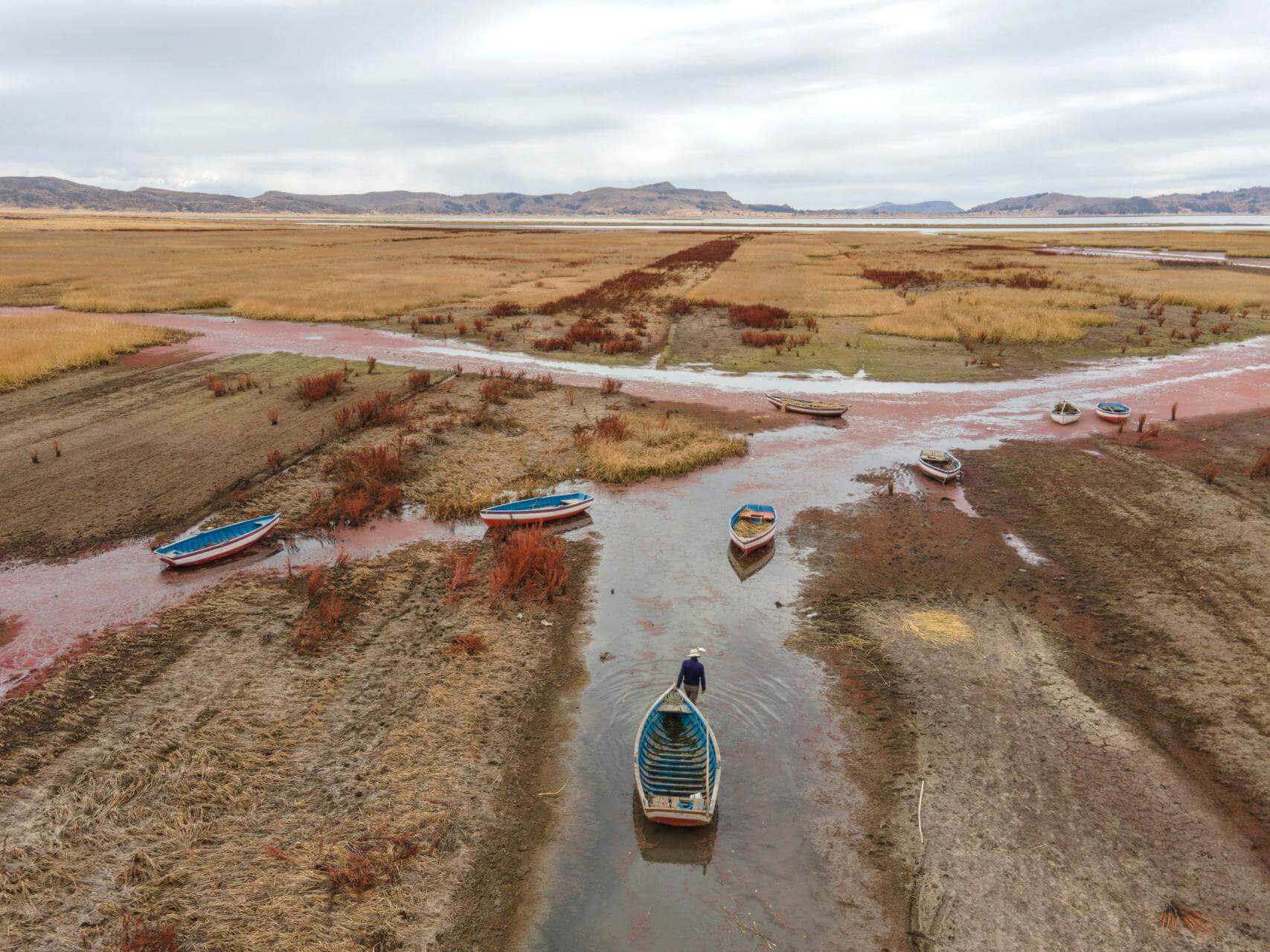
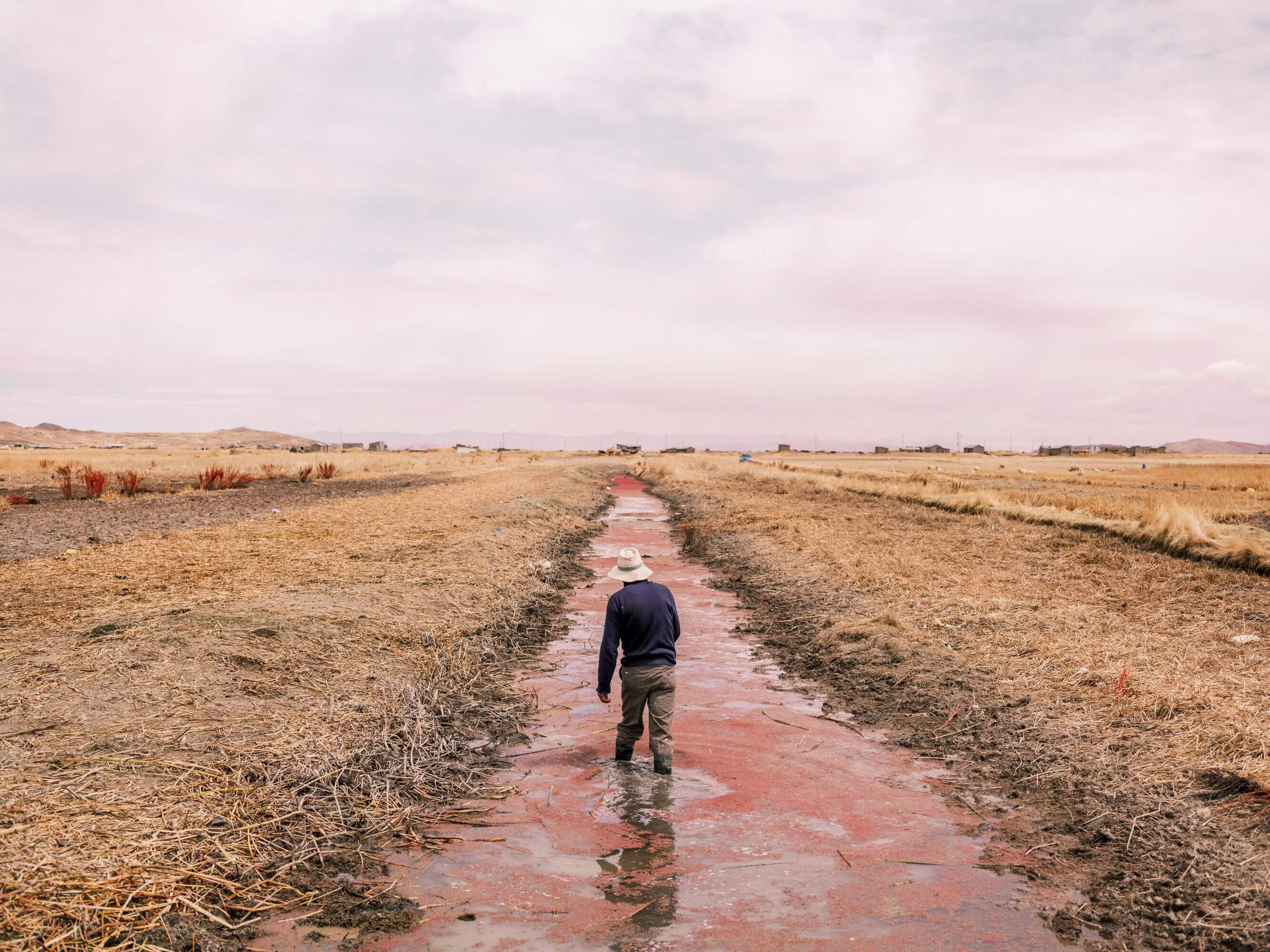
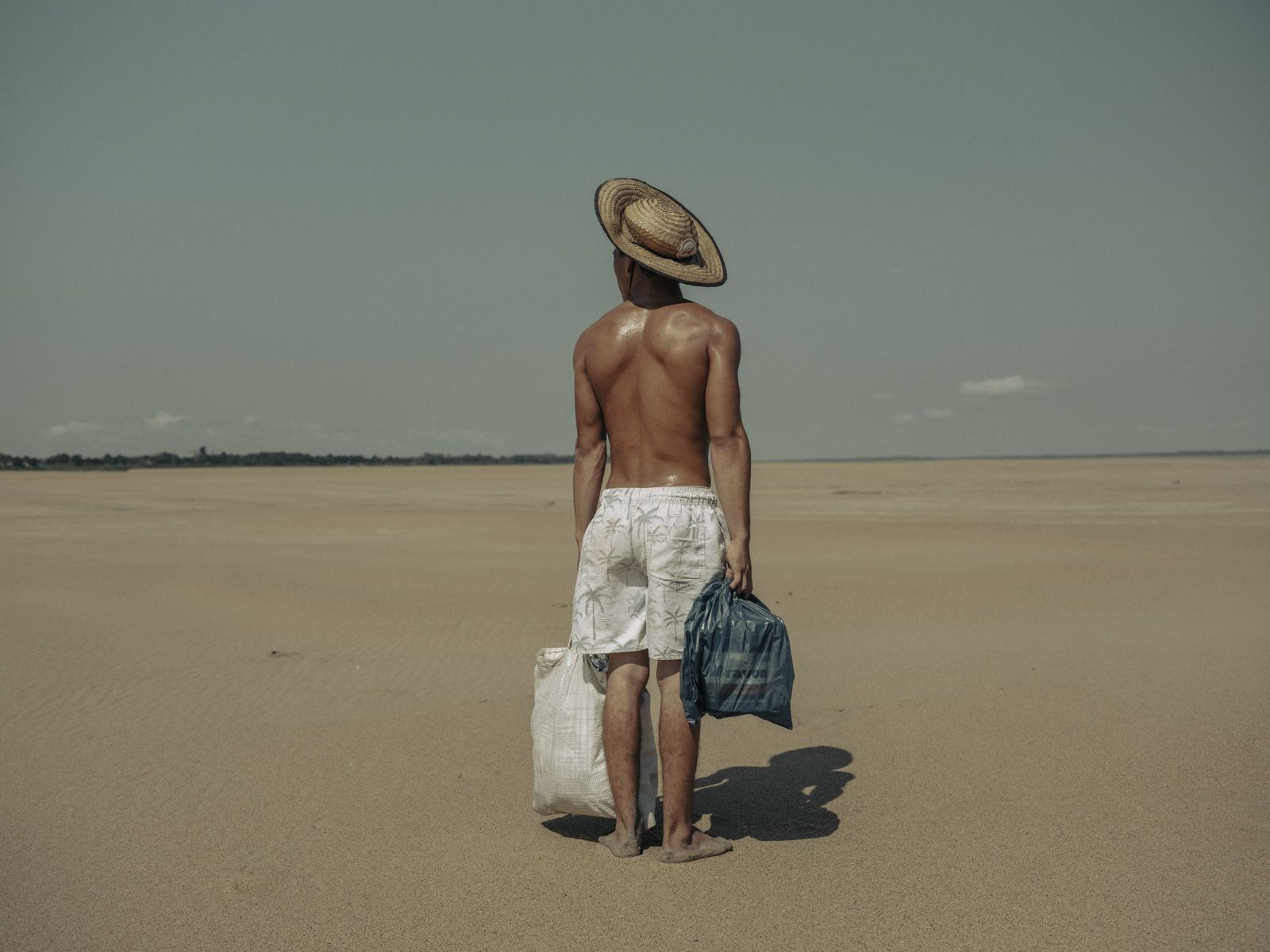
 Built with Shorthand
Built with Shorthand